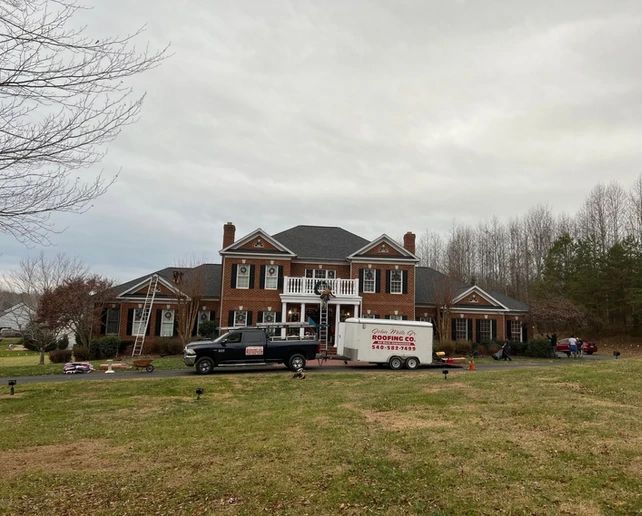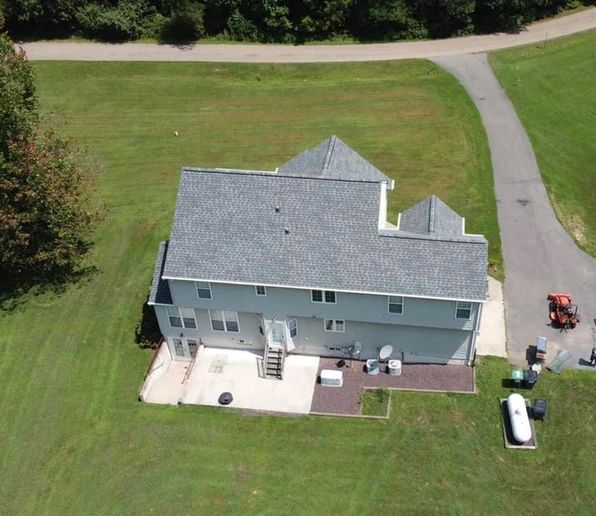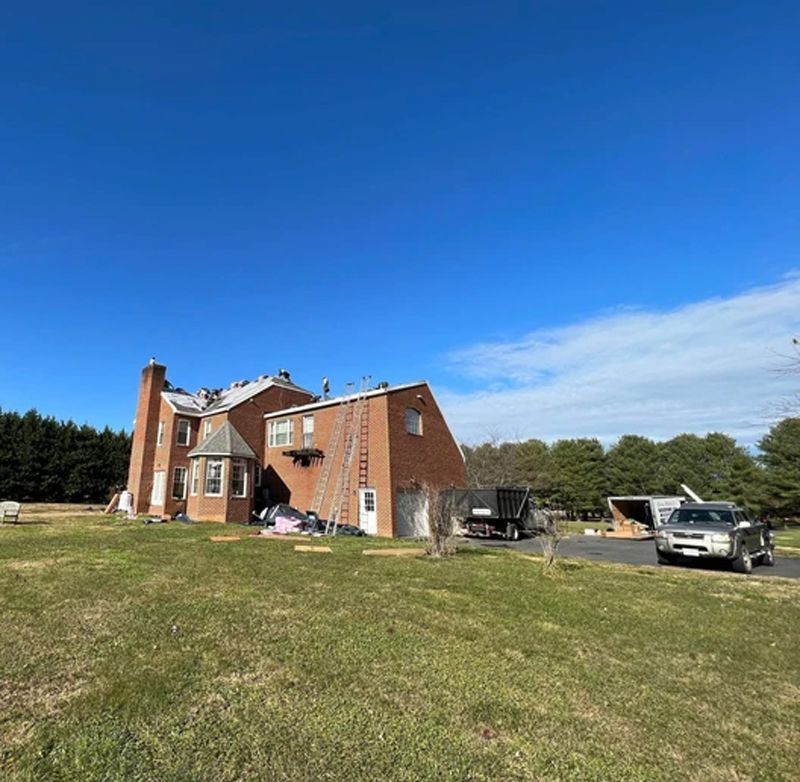Financing Options throughout Fredericksburg, VA, and Surrounding Areas
This page serves only as a resource page for consumer financing options. All options are through a third party service, not through John Mills Jr Roofing Co. Customers deal directly with the third party finance dealers.
However you obtain financing, payments made to John Mills Roofing via credit card or a credit account will incur a fee of 3% of the total transaction amount, per transaction. The fee is separate from the terms and conditions of the finance provider. Rate is subject to change without notice.

The Informed Consumer
Homeowners planning a remodel or home improvement project should carefully consider how they will finance the job.
Many payment and financing options exist. The one that suits you best will depend on many factors. How much your project will cost, how much money you have on hand, how long the project will last, whether you will be doing other home improvement projects in the future, and how much equity you have in your home.
Listed are the most common methods of paying for home improvements, including which options work best for which people.
Cash/Check
Some homeowners have saved up enough cash pay for the home improvement project outright. By avoiding financing altogether, you don't pay finance charges or interest, which can save a bundle of money.
Credit Card
If your project will cost anywhere from a few hundred to a few thousand dollars, you might consider paying with a credit card. You may find certain card offers have short term low interest rates and delayed payment options. It is best to check around to get the best rates and terms.
Unsecured Personal Loan
With an unsecured personal loan, you borrow money without using your home as collateral. That means that if you fail to pay, your home is not at risk for foreclosure. Banks offer unsecured personal loans but usually for small sums of money (for example, under $10,000). Beware of payday loans or personal loans offered by non-banks, some may have exorbitant interest rates.
Home Equity Loan
A home equity loan is a loan that uses your house as collateral, just like your primary mortgage. With a home equity loan, you borrow against the value of your home less the amount of the existing mortgage (in other words, the equity). The borrowed amount is fixed, which makes it a good option if you are financing a one-time project. The interest rate is also fixed, which can be advantageous if you think interest rates will rise over the life of the loan. Another plus: The interest you pay on a home equity loan used for home improvements is tax deductible (up to $1 million).

Refinance and Get Cash
Another option for funding a home improvement project is to refinance your original mortgage for a larger amount and get the difference back in cash. As with any home loan, you'll pay closing costs and fees. This option might be attractive if you have a large project, home prices are rising, and interest rates are low.
Home Equity Line of Credit (HELOC)
Like a home equity loan, a home equity line of credit (HELOC) uses your home as collateral to guarantee payment. A HELOC functions like a revolving line of credit -- you can withdraw various amounts of money over time up to a certain maximum. The maximum you can withdraw is based upon the available equity in your home.
HELOCs work well if you have a long-term project or will need funds for additional home improvements in the future. The interest rate for a HELOC is usually variable, which means it can start low but climb higher if the prime rate rises. Like home equity loans, the interest you pay on a HELOC is tax-deductible.

Borrowing From Your 401(k)
Some employer 401(k) plans allow you to borrow money to pay for home improvements. Rates are usually low and you don't have to pay fees or qualify for a loan.
However, if you leave your job you'll have to pay the balance in full or pay large withdrawal penalties and taxes. You will also be on the hook for penalties and taxes if you don't pay the full sum within five years. In addition, experts warn that, although you pay the loan back to the account, when all is said and done you'll have less in your retirement account than if you hadn't withdrawn the money.
Title 1 Loan
Title 1 loans are offered by banks but insured by the federal government. They're meant to help you finance light-to-moderate rehabilitation projects on your property, or the construction of nonresidential buildings. Like home equity loans and HELOCs, you use your home as collateral and pay interest and closing costs. However, the difference is that Title 1 loans do not require that the homeowner have equity in the home. There are some limits in this program -- you can't get a Title 1 loan for nonessential, luxury items (like swimming pools) and the maximum loan amount for a single family home is $25,000. To learn more about Title 1 loans, including how to find a lender that offers Title 1 loans, visit the U.S. Department of Housing and Urban Development's website at
www.hud.gov (click "Topic Areas," "Home Improvements," and "HUD's property improvement loan.")







